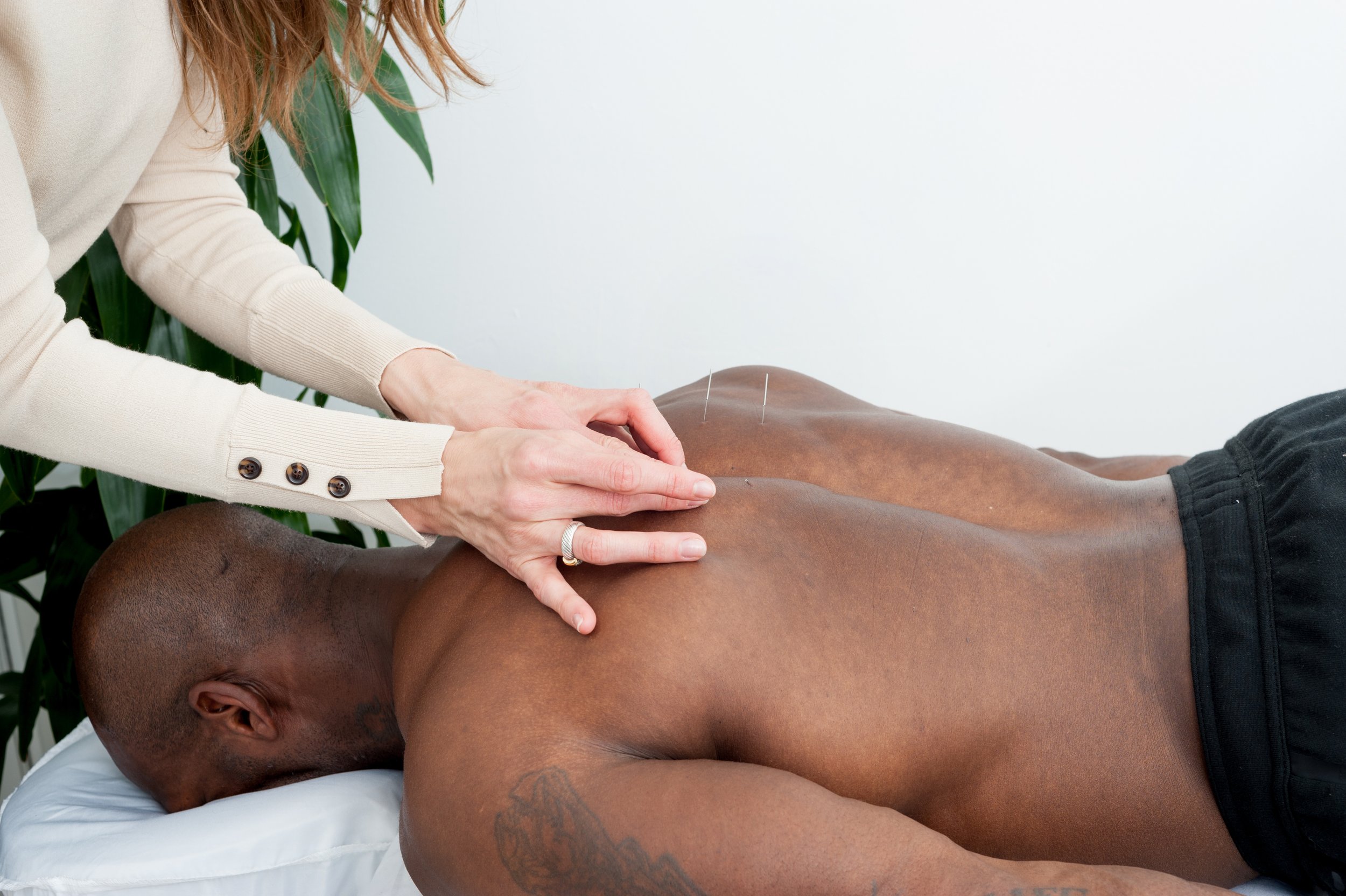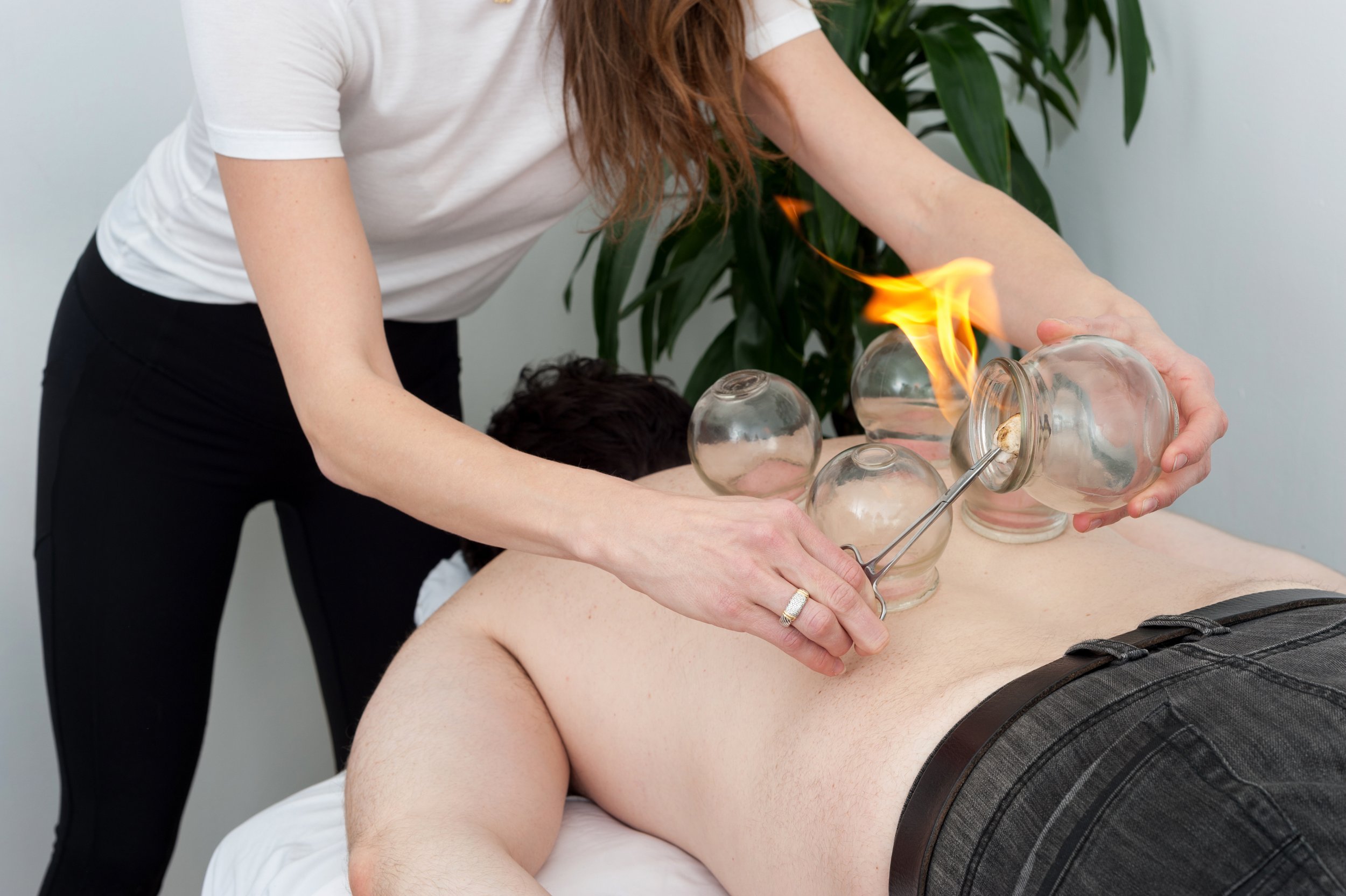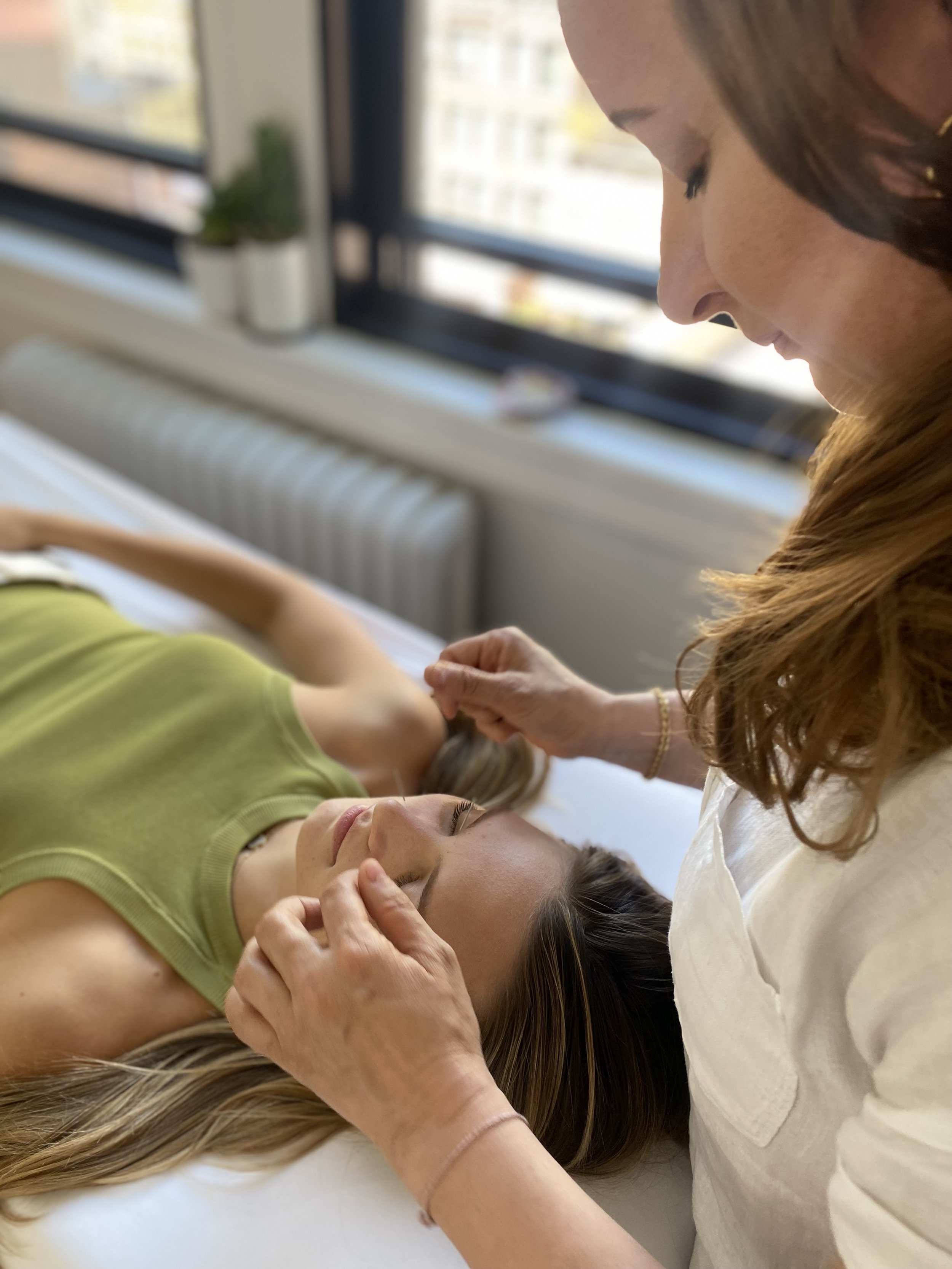
Acupuncture Services
Acupuncture and its related practices work wonders to harmonize the body and bring the nervous system back into balance. Once the nervous system is aligned, symptoms like pain, digestive upset, and mood imbalances can be addressed, resolved, and kept at bay. When acupuncture is combined with naturopathic and nutritional therapies, the body is set up for success and total alignment.
Traditional Acupuncture
Acupuncture is a cornerstone of our practice at Team DLW, often leveraged in conjunction with naturopathic treatments and nutritional modifications. Acupuncture has many benefits, from, balancing your moods, managing stress levels, alleviating digestive distress - like IBS, constipation, bloating (especially from SIBO), and even a colitis flare - to working on harnessing your hormones, like calming and correcting a painful menstrual cycle, alleviating PMS, decreasing fibroid flares and easing the transition of perimenopause.
This healing modality can be just as effective as acupuncture for a variety of musculoskeletal maladies. Applying a reverse suction action on specific areas of the body (shoulders, neck, back, IT band, glutes, knees + calves, to name a few) helps to increase circulation, improve lymphatic flow, increase range of motion and decrease pain all to help facilitate the healing and recovery process. Cupping is also incredibly relaxing and almost always guarantees a mellow mood and a great night’s sleep.
Moxibustion
Moxa is a powerful therapeutic herb that is heated over specific body parts to help bring the body’s Qi back into alignment. The heat from this herb can be placed on the body as well as attached to acupuncture needles to directly heat the skin over the targeted organs/ meridians during your session. Moxa is especially helpful for painful periods, clotting, areas of trauma/ blunt force injury (to improve circulation), and overall burnout and exhaustion.
Acupuncture for fertility is another amazing natural approved for conception, and all DLW practitioners are well-versed in pre-/peri/post-natal acupuncture. From conception to water retention, sleep, and mood stability, we’ve got you covered on your fertility journey.
Cosmetic/ Facial Acupuncture
This luxurious 75m treatment combines traditional acupuncture with an emphasis on increasing circulation to the face/neck region, building up collagen, plumping the skin, promoting lymphatic drainage, and evening, tightening and brightening the skin tone. Offered by Nichole on Tuesdays and Thursdays only.
How does acupuncture work?
EASTERN PERSPECTIVE: The human body contains an energetically charged meridian system that is comprised of specific channels for various energies, which are linked with the body’s tissues, organs, and other pathways. Acupuncture involves the gentle insertion of thin needles (the size of a strand of hair) at specific points along the various meridians/channels creating stimulation and blood flow or “Qi”.
WESTERN PERSPECTIVE: The mechanism of action of acupuncture all boils down to physiology. When a needle enters the body, the body believes it is undergoing a micro-trauma, and therefore begins to mount an inflammatory response. During this response, the immune system sends red blood cells (to deliver iron and fresh nutrients to the cells, muscles and tissues), white blood cells (to fight potential invading microbes and/or combat infections) and fibroblasts (the building blocks of collagen to help plump up the skin and) to the needled area. Additionally, acupuncture is beneficial for musculoskeletal pain and tension by way of contractile fibers. When a muscle is injured, it involuntarily contracts to protect itself as a protective mechanism. When a needle is inserted into the contracted muscle, the contractile fibers will fire and contract one last time as a reflex and then the muscle has no choice but to relax and allow for the red and white blood cells and fibroblasts to come in, repair and rebuild as needed.
Conditions We Address With Acupuncture:
Acupuncture is the most well-known and studied for combating physical pain. Still, it can also address internal diseases such as gastrointestinal disorders, vascular conditions, neurological disorders, cardiovascular disease, psychological disorders, respiratory disorders, and even improve longevity.
Sports Injuries
Headaches
Infertility & Hormone Imbalance
Skin Issues
Tendonitis and Carpal Tunnel Arthritis
Cardiovascular Disease
Digestive Disorders
Respiratory Disorders
Commonly Asked Questions:
-
An acupuncturist will examine the patient and assess the patients condition by asking a series of questions and often looking at the patient’s tongue and checking their pulse. Sessions are administered in a comfortable room with soft lighting and relaxing music or other ambient noise.
Patients may stay clothed or if they prefer a towel, only exposing the area that will have needles inserted (often arms, lower legs, abdomen, back or the head). The patient will lie down on their back, front, or side, depending on the planned protocol.
The acupuncturist will use single-use, disposable, sterile needles. Sometimes the needles are heated with moxa or stimulated with electricity after insertion. The patient is then made comfortable with blankets to stay warm, heat lamps and pillows to support the body. Patients then relax between 20-45 minutes.
The practitioner will then return and remove the needles, answering any questions the patient may have, and offering suggestions for the rest of the day (e.g., to drink plenty of water, eat specific foods, and generally try to have a restful day). Pain relief may be immediate, or it may occur later in the day or overnight. Best results are seen after 48 hours.
-
Acupuncture needles do not hurt when administered by a licensed practitioner. Because of the needle size (hair-thin metal), acupuncture should not induce a painful reaction, but more of a poke, or pricking sensation. Many patients fall asleep during the session.
-
The number of sessions needed depends on the individual. A person with a chronic condition may need one to two sessions a week over several months. An acute problem typically improves after 8 to 12 sessions. Many patients come for bimonthly or monthly maintenance to stay symptom-free after initial weekly check-ups.
-
Please view the pricing page.





